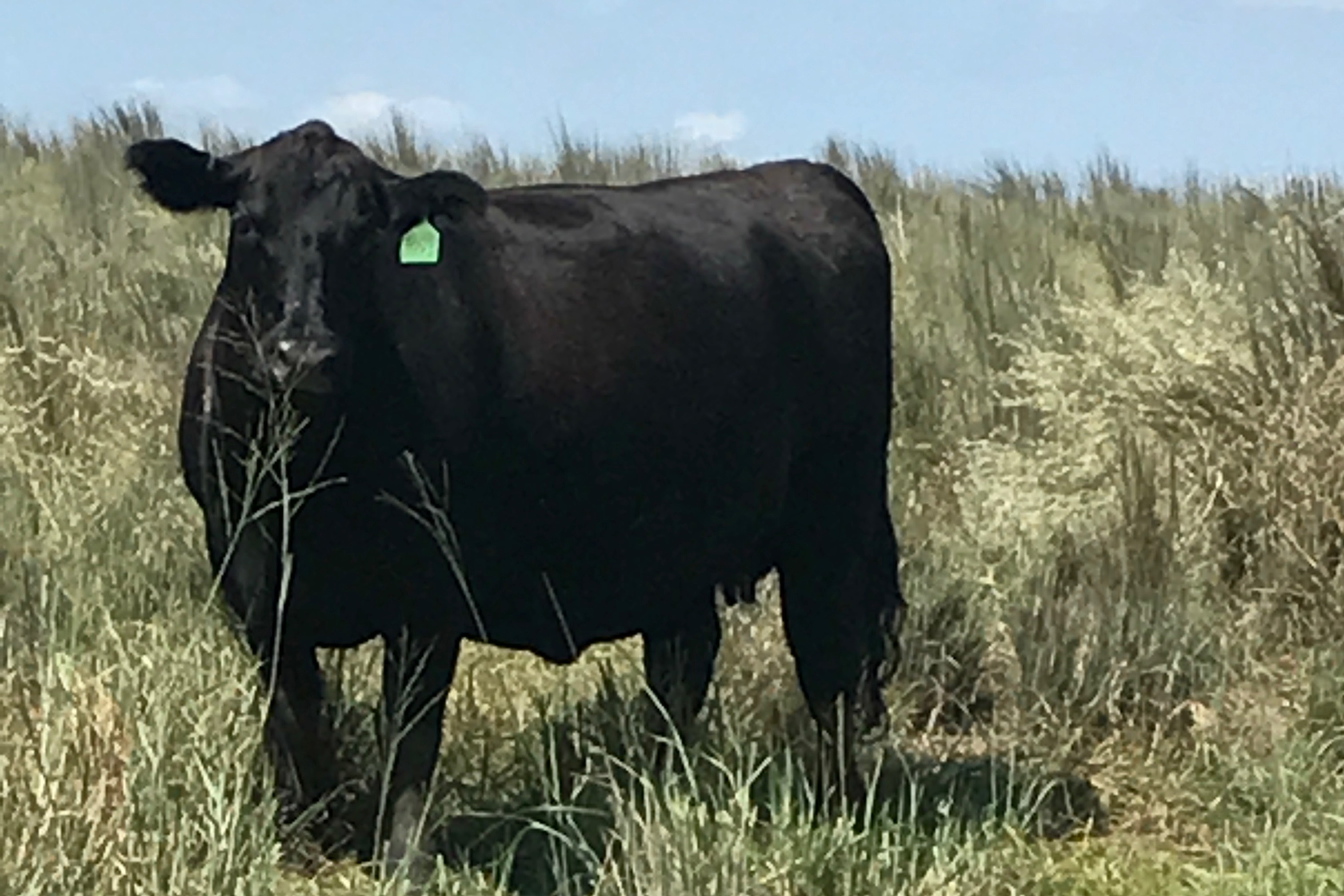Farm & Ranch
Meanwhile back at the ranch

By Rayford Pullen
As we turn the corner and head into fall, those of us with fall calving cows will be getting ready for the new arrivals and weaning those spring born calves that are now six to seven months old.
Weaning weights and cow breed back may be below our normal averages, so with the short grass and hay predicament we find ourselves facing, making sure we are wintering productive cows is a must if we are to remain viable or at the least, minimize our losses.
Around our place, we have been identifying cows with any kind of problem for elimination from our herd.
That may be age, udder problems, condition, disposition, extremely hard-doing cows and those cows producing calves that don’t meet our criteria.
Pregnancy testing our cows is probably at the top of our list for cows to cull. With winter supplementation topping our list of annual cow maintenance costs, keeping only cows that have a positive economic impact for us is extremely important.
While annual cow cost per year varies greatly among producers, it’s bound to be $500 or more per cow and more per calf weaned.
If you have a weaning rate of 90 percent, which is above the average for most ranches, which is 86 percent, you have a cost of $555 in each calf sold. And, depending on your accountant, you may not want to actually know what it cost you on an annual basis to maintain each cow.
To read more pick up a copy of the September 2018 NTFR issue. To subscribe call 940-872-5922.
Farm & Ranch
Hazards of Backyard Poultry

By Barry Whitworth, DVM
Having backyard poultry is a popular agriculture enterprise. According to the United States Department of Agriculture, 0.8 percent of all households in the United States have chickens. People keep chickens for a variety of reasons with table eggs being one of the more common reasons.
Unfortunately, some of these poultry producers are not aware of the hazards that come with keeping poultry because many times they carry pathogens but appear healthy.
Chickens are carriers of several zoonotic diseases. These are diseases that can be passed from animals to humans. According to a recent survey in Pennsylvania, a majority of backyard poultry producers were aware of the dangers of avian influenza. However, this study also revealed that far fewer producers were aware of the risk of possible exposure to Salmonella and Campylobacter.
The lack of knowledge about the hazards of raising poultry likely contributes to the continued issues of Salmonella outbreaks associated with backyard poultry. In 2023, the Centers for Disease Control and Prevention reported 1,072 illnesses of Salmonella linked to backyard poultry, and 272 of those patients required hospitalization. Oklahoma reported 43 individuals with the disease.
To read more, pick up a copy of the April issue of NTFR magazine. To subscribe by mail, call 940-872-5922.
Farm & Ranch
Ag Elsewhere: Wyoming

By Tressa Lawrence
Babies are tucked away in every nook and cranny. Many ranchers across Wyoming have baby animals popping up all over this time of year.
Farm & Ranch
Ag Elsewhere: Montana

By Lindsey Monk
Another load of grain in to keep feeding the calves until the green grass can really start popping.
-

 Country Lifestyles1 year ago
Country Lifestyles1 year agoScott & Stacey Schumacher: A Growth Mindset
-

 Equine7 months ago
Equine7 months agoThe Will to Win
-

 Country Lifestyles7 years ago
Country Lifestyles7 years agoStyle Your Profile – What your style cowboy hat says about you and new trends in 2017
-

 Country Lifestyles4 years ago
Country Lifestyles4 years agoAmber Crawford, Breakaway Roper
-

 HOME7 years ago
HOME7 years agoGrazing North Texas – Wilman Lovegrass
-

 Country Lifestyles7 years ago
Country Lifestyles7 years agoDecember 2016 Profile, Rusty Riddle – The Riddle Way
-

 Country Lifestyles8 years ago
Country Lifestyles8 years agoJune 2016 Profile – The man behind the mic: Bob Tallman
-

 Outdoor9 years ago
Outdoor9 years agoButtercup or Primrose?






